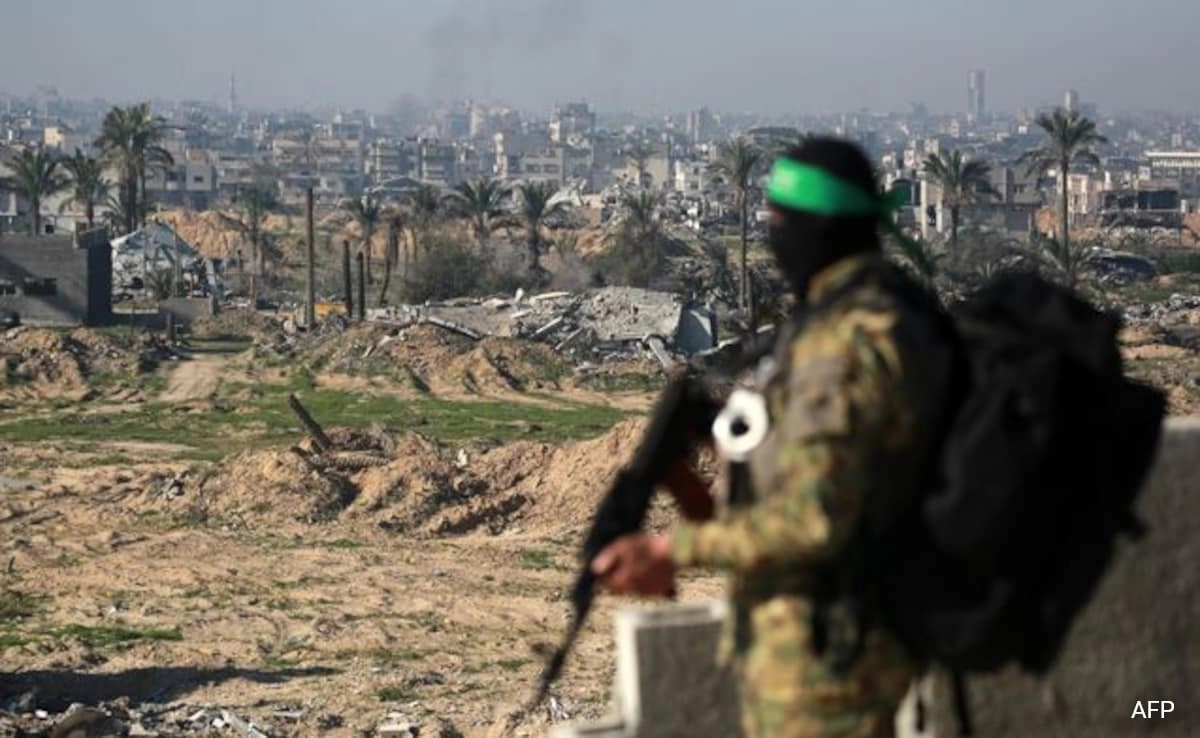As the ongoing conflict between Hamas and Israel escalates, the financial strain on Hamas has become increasingly evident. The prolonged nature of the war has severely drained the organization’s resources, making it increasingly difficult for Hamas to meet its financial obligations, particularly in paying its fighters. This situation has raised concerns about the group’s sustainability and its ability to maintain operational effectiveness amid continuous hostilities. With international sanctions and economic blockades severely limiting its access to funding, Hamas has been forced to rely on dwindling reserves, making the situation for its operatives increasingly precarious.
The financial challenges faced by Hamas are compounded by the high costs associated with prolonged military engagement. Fighters require regular compensation, supplies, and equipment, all of which are becoming harder to secure as the conflict drags on. Reports indicate that members of the organization are experiencing delays in receiving their paychecks, causing dissatisfaction and disillusionment among the ranks. This financial instability not only threatens the morale of Hamas fighters but also raises questions about the organization’s ability to sustain its military operations in the long term. The potential for unrest within the group could lead to further complications, both for its leadership and for the broader conflict.
Moreover, the international community’s response to the conflict has further limited Hamas’s financial avenues. With many countries imposing sanctions and cutting off financial support, the group’s traditional sources of funding have dwindled. While some nations continue to provide support to Hamas, the overall economic environment has shifted, leaving the organization vulnerable. As the war continues, the need for financial resources becomes even more critical, highlighting the intricate relationship between finances and military capability. The struggle to pay fighters may not only impact Hamas’s operational readiness but also influence the dynamics of the conflict itself, potentially altering the balance of power in the region.
In light of these challenges, Hamas faces a critical juncture. The organization’s ability to adapt to its financial constraints will determine its future viability and influence in the ongoing conflict with Israel. As the war continues to unfold, the implications of these financial struggles could resonate far beyond the battlefield, affecting the broader geopolitical landscape of the Middle East. The interplay of military strategy and financial sustainability is a crucial aspect of this conflict, making it imperative to closely monitor how these factors evolve in the weeks and months ahead.




